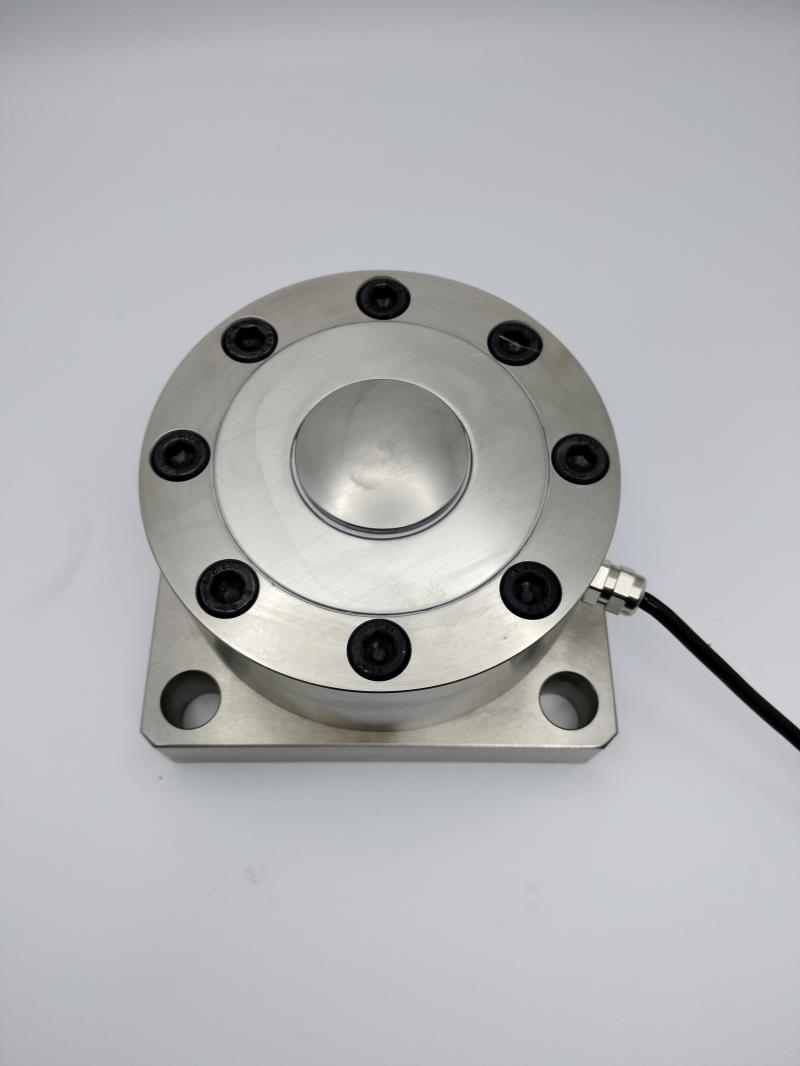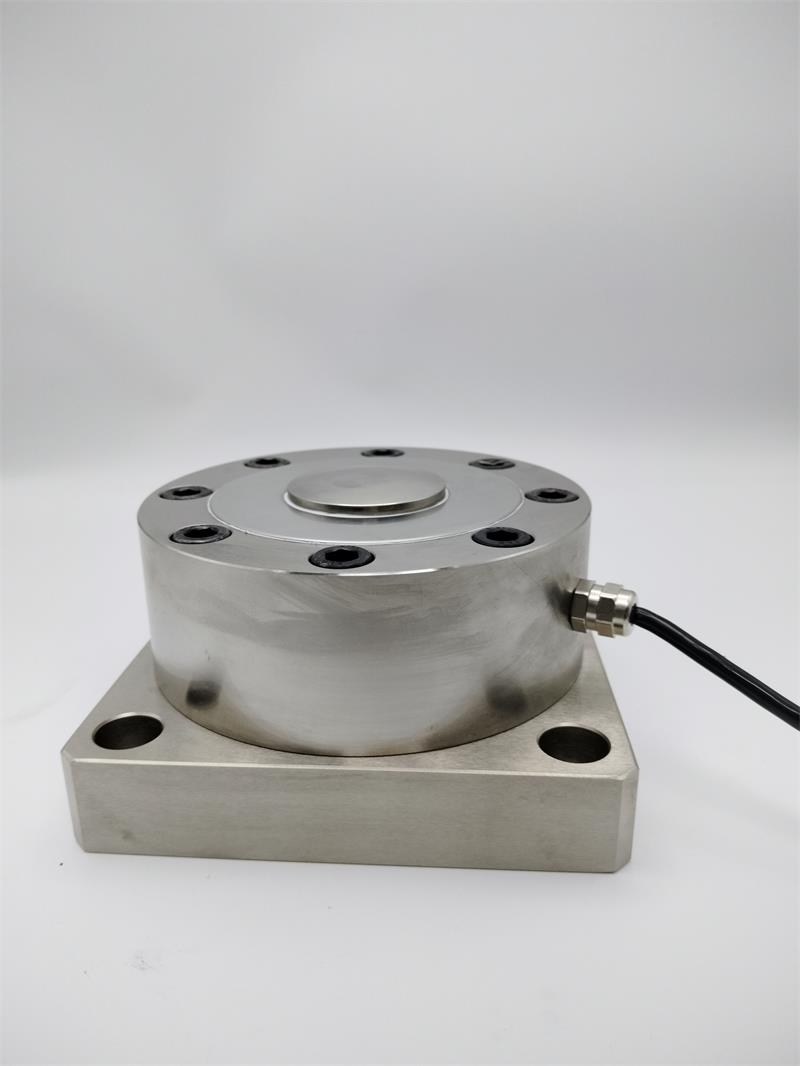Call: +86-18906823975
Mail: fonda@zhihe-tech.com
Site: No.333 Changhong Middle Street, Fuxi District,Deqing County, Zhejiang Prov., China

Poor insulation in load cells can lead to multiple issues, directly affecting measurement accuracy, equipment stability, and safety. The specific impacts are as follows:
1. Increased Measurement Errors
- Signal Interference: Reduced insulation can cause leakage of excitation voltage or output signals (e.g., in a Wheatstone bridge) to ground, introducing noise or signal attenuation, resulting in unstable or drifting readings.
- Zero Drift: Insufficient insulation resistance may allow current to leak through unintended paths (e.g., damp or contaminated insulation), causing abnormal zero-point shifts.
2. Reduced Sensor Stability
- Sensitivity to Temperature & Humidity: Poor insulation is often more susceptible to humidity, leading to increased leakage currents in damp environments, significant reading fluctuations, or even complete failure.
- Long-Term Drift: Aging or contaminated insulation materials can worsen leakage over time, causing calibration failure and requiring frequent re-calibration.
3. Safety Hazards
- Electric Shock Risk: If the load cell operates at high voltage (e.g., industrial sensors), damaged insulation may electrify the housing, posing a safety risk.
- Short-Circuit Risk: In extreme cases, insulation failure can cause short circuits between power and signal lines, damaging the sensor or connected instruments.
4. System-Wide Failures
- Damage to Peripheral Equipment: Leakage or short circuits may affect weighing indicators, PLC, or other connected devices, leading to cascading failures.
- Communication Interference: Digital sensors (e.g., RS485 interfaces) may experience errors or interruptions due to insulation issues.
5. Reduced Environmental Adaptability
- Poor Noise Immunity: In environments with strong electromagnetic interference, poorly insulated sensors are more prone to external electric/magnetic field disturbances, causing abnormal outputs.

Common Causes of Insulation Failure
- Material Aging: Long-term use can cause insulation layers to crack or become brittle.
- Moisture/Contamination: Exposure to water, oil, or chemicals can degrade insulation.
- Mechanical Damage: Improper installation, crushing, or abrasion can damage insulation.

Solutions
1. Regular Testing: Use a IR tester to measure insulation resistance (typically ≥1000MΩ; refer to manufacturer standards).
2. Environmental Protection: Select sensors with appropriate IP ratings to avoid damp or corrosive conditions.
3. Proper Installation: Avoid overloading or twisting cables, and ensure sealed connectors are intact.
4. Timely Replacement: If insulation resistance drops significantly (e.g., <10MΩ), repair or replace the sensor.
Insulation is a key reliability indicator for load cells. Issues should be addressed promptly to prevent system-wide failures.